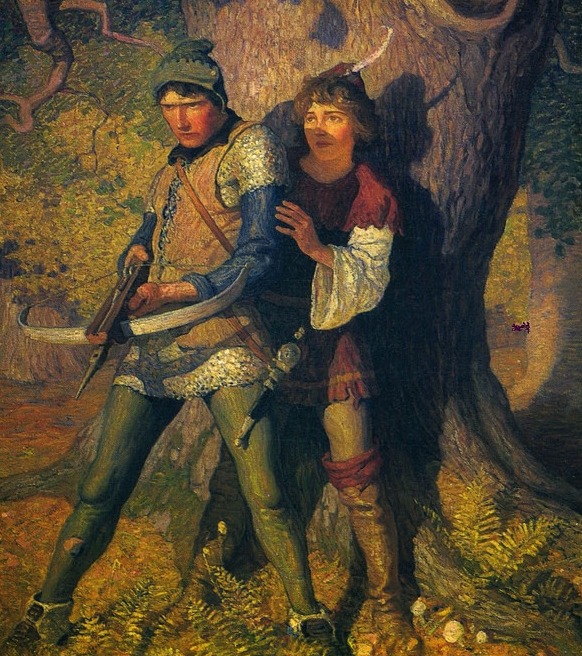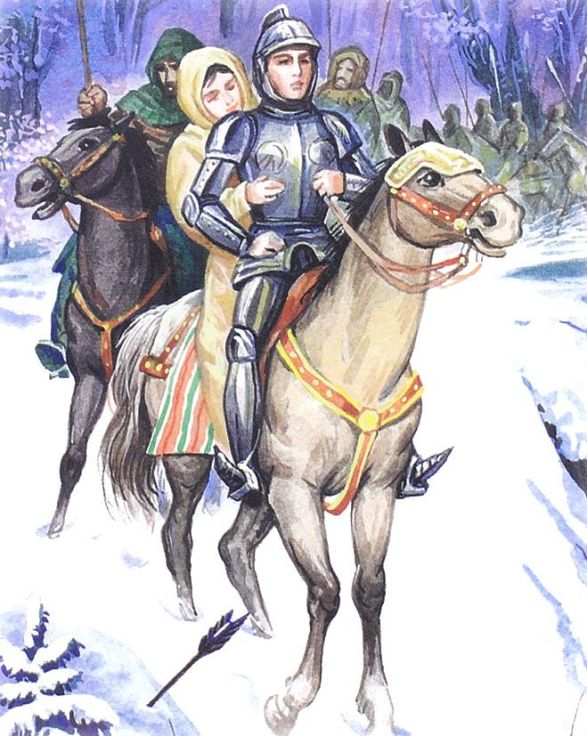The Black Arrow: A Tale of the Two Roses, by Robert Louis Stevenson

Originally serialized in a periodical of boys' adventure fiction, The Black Arrow is a swashbuckling portrait of a young man's journey to discover the heroism within himself. Young Dick Shelton, caught in the midst of England's War of the Roses, finds his loyalties torn between the guardian who will ultimately betray him and the leader of a secret fellowship, The Black Arrow. As Shelton is drawn deeper into this conspiracy, he must distinguish friend from foe and confront war, shipwreck, revenge, murder, and forbidden love, as England's crown threatens to topple around him.
Table of Content
Book I — The Two Lads
Chapter 1. At the Sign of the Sun in Kettley
Chapter 4. A Greenwood Company
Chapter 5. “Bloody as the hunter“

Book II — The Moat House
Chapter 1. Dick Asks Questions
Chapter 3. The Room Over the Chapel
Chapter 5. How Dick Changed Sides
Book III — My Lord Foxham
Chapter 1. The House by the Shore
Chapter 2. A Skirmish in the Dark
Chapter 5. The Good Hope (continued)
Chapter 6. The Good Hope (concluded)
Book IV — The Disguise
Chapter 2. “In mine enemies’ house”
Chapter 4. In the Abbey Church

Book V — Crookback
Chapter 2. The Battle of Shoreby
Chapter 3. The Battle of Shoreby (Concluded)
Chapter 4. The Sack of Shoreby
Chapter 5. Night in the Woods: Alicia Risingham